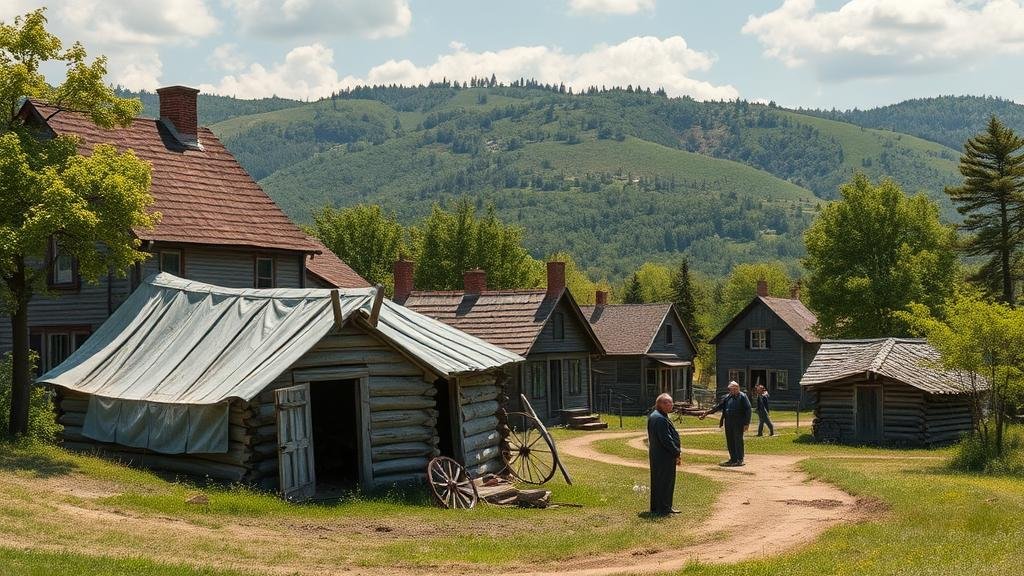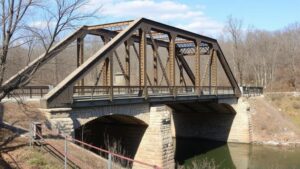Rediscovering Hidden Relics in Early Immigrant Settlement Patterns
Rediscovering Hidden Relics in Early Immigrant Settlement Patterns
The study of early immigrant settlement patterns in the United States reveals a complex tapestry of cultural exchange, adaptation, and heritage preservation. By examining hidden relics associated with these patterns, researchers can gain a deeper understanding of the historical experiences of immigrant communities. This article explores the significance of these relics, the methodologies for uncovering them, and their implications for contemporary cultural studies.
Significance of Immigrant Settlement Patterns
Immigrant settlement patterns are essential for understanding the demographic shifts and societal changes within a nation. According to the U.S. Census Bureau, approximately 13.7% of the U.S. population was foreign-born as of 2019, indicating that immigration continues to shape community identities and urban landscapes. Early immigrants, particularly during the 19th and early 20th centuries, established neighborhoods that served as cultural hubs. These areas not only provided support networks but also fostered unique cultural expressions that influenced American society.
Methodologies for Uncovering Hidden Relics
To rediscover hidden relics, scholars employ a variety of methodologies, often integrating archival research, archaeological excavations, and oral histories. These approaches provide a multi-faceted perspective on immigrant life.
- Archival Research: Historical records, including census data, ship manifests, and land deeds, offer insights into settlement patterns. For example, the 1900 Census revealed that over 2 million German immigrants settled predominantly in the Midwest, impacting regional culture.
- Archaeological Excavations: Sites such as the tenement houses on the Lower East Side of Manhattan reveal artifacts such as pottery and personal items, illustrating the daily lives and struggles of immigrant families.
- Oral Histories: Interviewing descendants of early immigrants helps resurrect the narratives often lost in historical texts. These personal stories can illuminate aspects of cultural identity and resilience.
Examples of Hidden Relics
Throughout the United States, several significant relics and sites associated with early immigrant communities have been uncovered.
- The Tenement Museum in New York City: This museum preserves the stories of immigrant families who lived in tenements during the late 19th and early 20th centuries, showcasing artifacts that include clothing, furniture, and handwritten letters.
- Hull-House in Chicago: Founded by Jane Addams in 1889, Hull-House served immigrants and provided various social services. The preserved artifacts reflect the diverse cultural backgrounds of the community and their contributions to American society.
Implications for Contemporary Cultural Studies
The examination of these hidden relics offers valuable perspectives in contemporary cultural studies. It challenges the narrative of a monolithic American identity by highlighting the diverse contributions of immigrant groups. According to a report by the Pew Research Center, understanding the historical context of immigration can help address modern immigration debates and the importance of multiculturalism in society.
Also, uncovering these relics fosters a sense of belonging among descendants of immigrants, allowing them to trace their roots and maintain cultural ties. For example, the resurgence of interest in genealogy has prompted many individuals of immigrant descent to explore their heritage through historical documentation and cultural practices.
Conclusion and Actionable Takeaways
The rediscovery of hidden relics from early immigrant settlement patterns serves not only as an academic inquiry but also as a means of cultural preservation and community identity formation. Scholars, educators, and community organizations are encouraged to:
- Promote interdisciplinary research initiatives that bring together historians, sociologists, and archaeologists.
- Engage with local communities to document and preserve their unique immigrant stories and heritage.
- Use technology, such as digital archives and interactive exhibits, to make these findings accessible to broader audiences.
Through these efforts, we can ensure that the rich cultural narratives of early immigrant communities continue to inform and enrich our society today.



